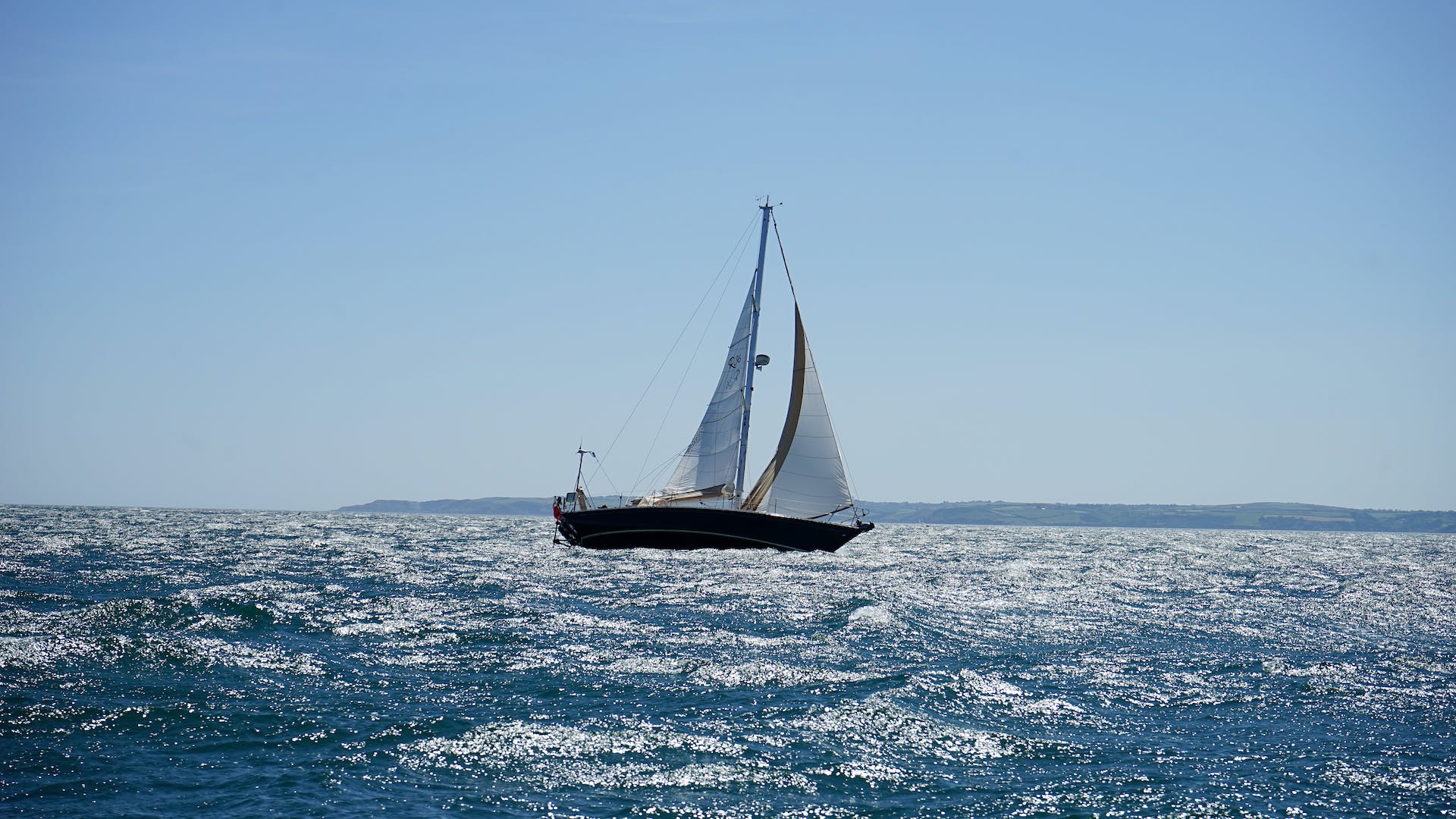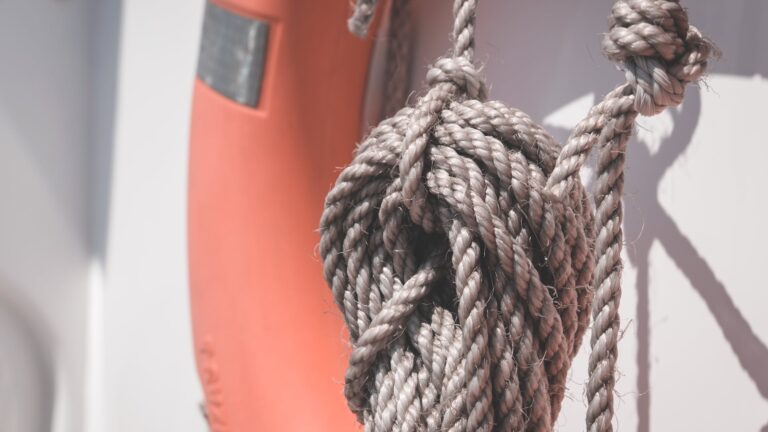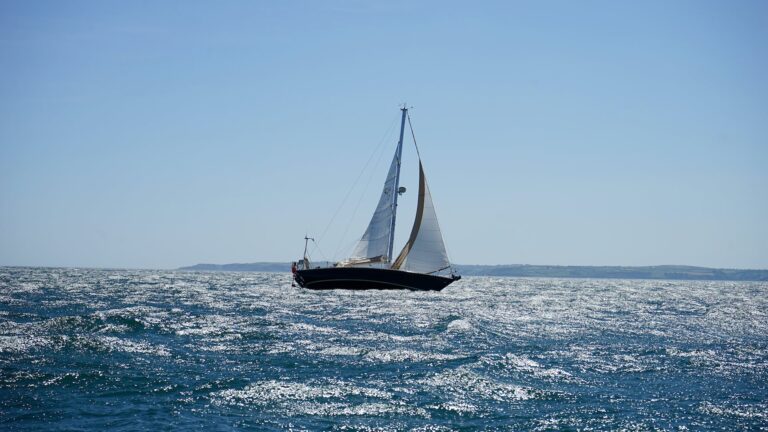Is 50 Knots Of Wind a Lot?
Introduction
Wind is one of the fundamental forces that sailors must contend with when out on the open sea, and understanding how to interpret wind speed is essential for any sailor looking to stay safe and take advantage of the wind’s power.
Many sailors have a general understanding that ‘strong’ winds are bad, but what exactly constitutes ‘strong’ winds, and at what point can they be considered dangerous? This article will explain what constitutes strong winds, how they are measured and the implications for sailors when sailing in winds up to 50 knots (55-63 mph or 89-102 kph).
What Is Wind?
Wind is a form of kinetic energy resulting from differences in air pressure across the surface of the earth, created by changes in temperature and air moisture levels which cause air to move from areas of high pressure to low pressure.
The stronger this force, the stronger the wind will be, this force is measured in knots (knots per hour), with 1 knot being equal to 1 nautical mile per hour (1 nautical mile = 1.15 land miles).
The Different Wind Strength Categories
Wind strength is classified according to Beaufort Scale which was developed by Admiral Francis Beaufort in the early 1800s and used by mariners around the world today as a practical way to measure wind strength and its associated effects on sailing vessels and other objects on or near the surface of open water bodies such as oceans, seas and lakes.
The Beaufort scale divides wind strength into 12 categories ranging from 0 (calm) to 12 (hurricane). It assigns descriptive terms such as ‘light breeze’ or ‘storm’ to each category along with associated effects that can be observed on open water bodies such as waves, whitecaps and foam streaks at sea level and land-based effects such as trees being uprooted or buildings damaged due to strong winds..
How Are Wind Strengths Measured?
Wind speeds are usually measured using an anemometer, which is a device that measures wind speed based on its resistance when subjected to moving air particles, it also records gusts (brief increases in speed) so that sailors can get an accurate picture of what conditions they may face out at sea due to changing weather patterns.
Other methods such as estimating wind speed based on sailboat motion or visual observations can also be used, though these tend not to be very reliable for measuring higher-level winds such as those classified under ‘storm’ strength according to Beaufort scale standards..
Is 50 Knots Of Wind A Lot?
50 knots (or 55-63 mph/ 89-102 kph) would fall into category 8 according to Beaufort scale standards: ‘Whole Gale’. In this category, trees are likely broken or uprooted while building damage may be considerable if exposed directly, waves range between 6-9 meters high with overhanging crests while sea conditions become white with foam due to heavy rolling – all making navigation difficult due visibility reduced visibility caused by high winds..
What Does 50 Knots Of Wind Mean For Sailors?
50 knot winds present numerous challenges for sailors out at sea: sailboats may struggle against these high speeds while navigation becomes difficult due reduced visibility caused by high waves and whitecaps, navigation aids including buoys may become unreliable due their motion caused by heavy swells, sailing too close to land may become dangerous due increased wave heights crashing against cliffs or shorelines, rigging failure may occur due increased strain caused by strong winds, sailboats may capsize if caught unaware in these conditions.
What Are Some Examples Of 50 Knot Wind Speeds?
Some examples include tropical storms like Hurricane Katrina which had reported peak sustained winds up to 175 mph/280 kph/152 knots before weakening upon landfall, typhoons like Haiyan which had reported peak sustained winds up to 195 mph/313 kph/170 knots before weakening upon landfall, nor’easters like Sandy which had reported peak sustained winds up 102 mph/164 kph/88 knots before weakening upon landfall.
What Does 50 Knots Of Wind Look Like?
In general terms, expect big waves crashing against each other with overhanging crests while white caps appear on top from foam produced from heavy rolling caused by strong gusty winds – expect reduced visibility as well due these conditions combined with rain and hail depending on weather patterns associated with this kind of storm system.
What Kind Of Damage Can 50 Knots Of Wind Cause?
Strong gusty winds up to 50 knots could easily damage unprotected structures including buildings, trees and objects near exposed waters – boats not properly moored may be damaged or even destroyed if caught unaware in these conditions while rigging failure could occur if not maintained properly prior or during these kinds of events – even experienced sailors should exercise caution during these kinds of storms..
Conclusion
In conclusion, it’s important for any sailor out at sea during storms associated with strong gusty winds up to 50 knots (55-63 mph/ 89-102 kph) understand what they mean: big waves crashing against each other with overhanging crests while white caps appear on top from foam produced from heavy rolling – reduce visibility combined with rain and hail depending on weather patterns associated with this kind storm system – significant damage could occur if precautions are not taken when sailing near exposed areas including destruction of boats not properly moored prior or during these events – even experienced sailors should exercise caution during these kinds storms..






![fastestpointofsail-sailing-downwind-reaching-running-tacking-jibing-spinnaker-mainsail-jib-sailtrimming What is the fastest point of sail?[Editing Required]](https://challengedamerica.org/wp-content/uploads/2023/02/fastestpointofsail-sailing-downwind-reaching-running-tacking-jibing-spinnaker-mainsail-jib-sailtrimming-768x432.jpg)
